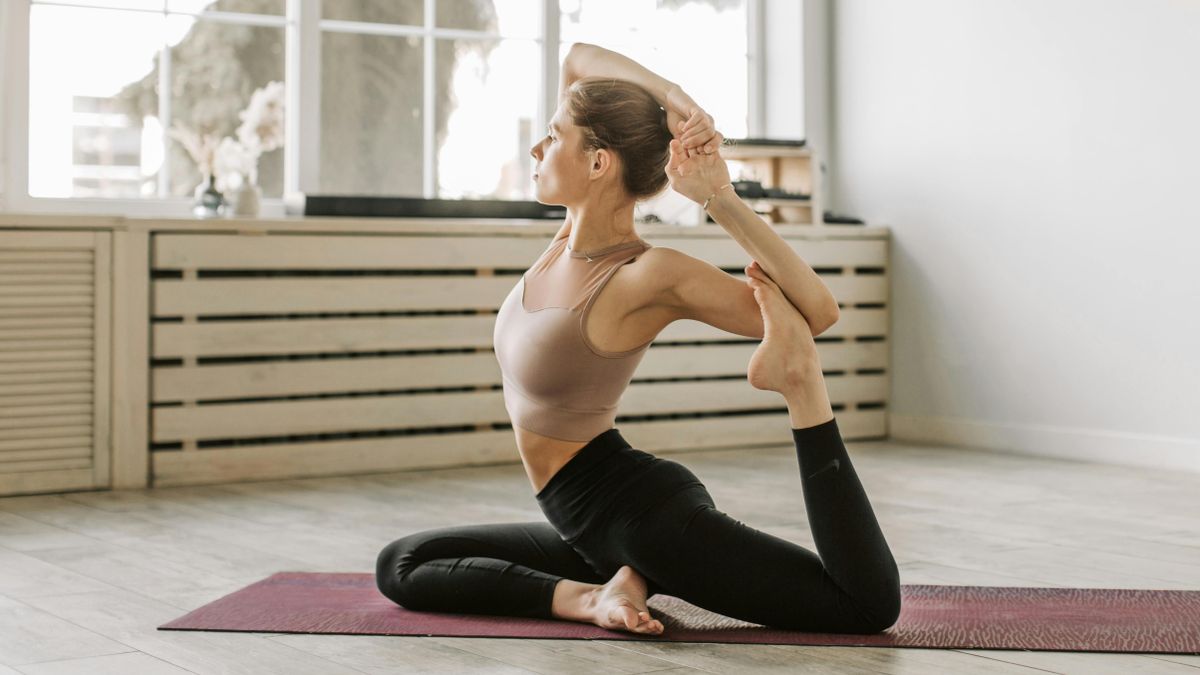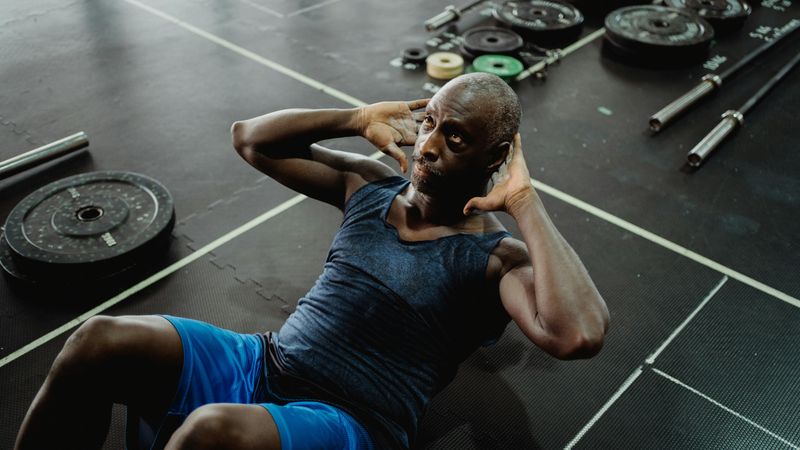Why Longevity Experts Should Care About the Pelvic Floor

When people think of longevity, they think of brain function, joints, diet... but no one talks about the pelvic floor. The one system that controls mobility, strength, sexual health, and bladder control. The only time we think about it is when a sharp pain starts, and doesn't end.
But, it's important to talk about what the pelvic floor is, why it's important in the longevity space, and how it connects to overall health.
What Exactly is the Pelvic Floor?
This is a group of muscles which support the bladder, bowels, and reproductive organs. Think of that support system between your tailbone in the back, and the pubic bone at the front. Yep, that's it! The bowel-shaped support system that forms a girdle underneath the pelvis, and helps to support your bladder, bowels, and reproductive parts.
Because of its position, it directly impacts core strength and stability, bladder and bowel control, sexual function, play posture and lower back health. When the pelvic floor is strong, your organs remain stable and keep working at their best. But if there's a dysfunction? Everything changes…and not for the better.
Link Between Pelvic Floor Health and Longevity
When the pelvic floor is damaged, everything connected to its health is also affected. The most common sign of this is pelvic pain, which is usually masked as chronic back and hip pain. Why? Because this localized pain happens below the belly button, in front or at the back of the pelvic region.
It is estimated that pelvic pain affects between 2-10% of men, and 10-15% of women worldwide. This can affect the quality of life in so many ways, including:
- Increased falls
- Decreased mobility
- Poor sexual health
- Poor bowel/bladder control
Basically, storing pelvic muscles means improved physical function into old age.
What Causes Pelvic Pain?
Dealing with pelvic floor dysfunction is rarely possible without knowing the causes, which include:
Age
As the body grows older, so does everything in it. Sadly, this includes the pelvic floor which can become weakened and more prone to fractures.
Uterine Fibroids
These are noncancerous tumours which develop around the wall of the uterus. Because it affects only women, these fibroids can lead to painful intercourse, back pain, and menstrual pain.
Irritable Bowel Syndrome (IBS)
This digestive problem can cause pain in the lower back area, as well as bloating, diarrhea, or constipation. All of which are associated with severe pain.
Pelvic Inflammatory Disease (PID)
PID occurs when a woman's reproductive organs are infected, due to complications from sexually transmitted diseases like chlamydia or gonorrhea. One of its side effects include lower abdominal pain which affects the pelvic region too.
Pregnancy & Childbirth
Pregnancy-related pelvic pain, also known as Pelvic girdle pain (PGP) is something that occurs in 50-75% of women. This is due to the pressure exerted on the pelvic region when the organs are pressed to the back, along with the baby's weight. After childbirth, more than. 25% of women still experience postpartum pelvic pain.
What Helps The Pelvic Floor?
This particular part of the body has a lot of functions, so when it is affected, everything else is. To combat this, there are certain supplements and therapies that can help to maintain the pelvic floor, and keep it at optimal performance.
Magnesium
This supplement generally helps with rest, sleep, and anxiety. However, it's also good for bowel health, which improves digestion, reduces constipation and prevents bloating. Basically, it helps to relieve any pressure on the pelvic floor caused by IBS.
Collagen
This protein is naturally found in the connective tissues of the body, and it aids with joint health and bone development. It also assists with providing strength, offering flexibility and support to the pelvic organs, in order to prevent pelvic organs prolapse (POP).
Pelvic Floor Exercises
These are commonly called kegels, a specialized set of exercises to strengthen the pelvic muscles. A few ways to work the area include:
- Pause urine flow on the toilet: This pelvic muscle works to control your urethra, and make it more stable. This is also called bladder training.
- Squeeze your anus in: This also works effectively, and enables the pelvic floor to work properly.
For best results, it's great to do these exercises up to 2-3 times a day. Just squeeze the muscles for a few seconds and then release. Rinse and repeat up to 10 times per session.
Posture exercises
Pelvic floor issues can also be caused by poor posture habits, which usually happen during pregnancy and in older people. That's why experts recommend using yoga balls and pilates classes to help with posture exercises at home. More tools include compression bands and support belts to keep the organs firm and supported.
AI-driven Pelvic Wellness Apps
Luckily, there are some AI-based wellness apps that help to maintain the pelvic muscles, including:
- Elvie: A smart trainer app which helps with exercises and personalized training plans for users.
- Perifit: Uses human feedback to help users understand and monitor their pelvic health contractions. This helps in checking out any abnormalities.
The Role of Longevity Experts
Everyone else focuses on mainstream wellness – women's health, supplement rage, and physical health – but no one pays attention to the pelvic area. It's also an important part of physical health, so more focus should be put into it.
Pelvic floor dysfunction is a very hard process to deal with, so it is necessary for its health to be maintained. Let's not wait until there is an issue, before treating the pelvic muscles as an important part of the body.
When clients come in, there should be a recommended checklist they can follow to renew and rejuvenate pelvic health. This includes:
Postnatal recovery tools
The pelvic area undergoes a lot of strain and pressure during pregnancy, so postnatal care should involve exercising this area and using posture exercises that help.
Annual assessments for pelvic health
Just like annual checks are done for the heart and other important organs, the pelvic area should also be scheduled too. Focused assessments should be done to check for sprains, increased pressure, dislocated areas, and even cracks. The pelvic floor is very important for physical health, and it should be treated as such.
Pelvic-aware movement routines
Pelvic dysfunction is often disguised as back pain, due to the lack of awareness about this area. So, more pelvic-based routines should be incorporated into wellness plans, in order to minimize the risk of fractures and breakdown. These routines could include pilates, mobility workouts, and stress relief tools.
A Stronger Future Starts at the Core
Ignoring the pelvic floor is a gap in the longevity conversation. Neglecting a core area like that could lead to increased falls, mobility issues, back pain, reduced sexual health, and poor bladder control.
So, it is important for awareness about pelvic health to be spread across other areas. In fact, it should be included in all aging-related guidance. Let's talk about longevity for pelvic health today!
References
Author: Feechi Nwanna
Content writer and strategist for wellness brands, with expertise in SEO-focused content. Also a community pharmacist with flair for mentoring freelance newbies, writing books, and exploring the power of AI automation. thepharmwriter.journoportfolio.com.




